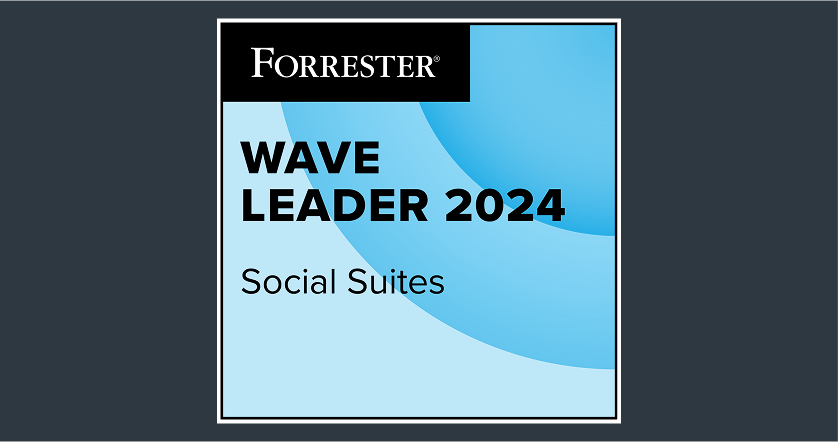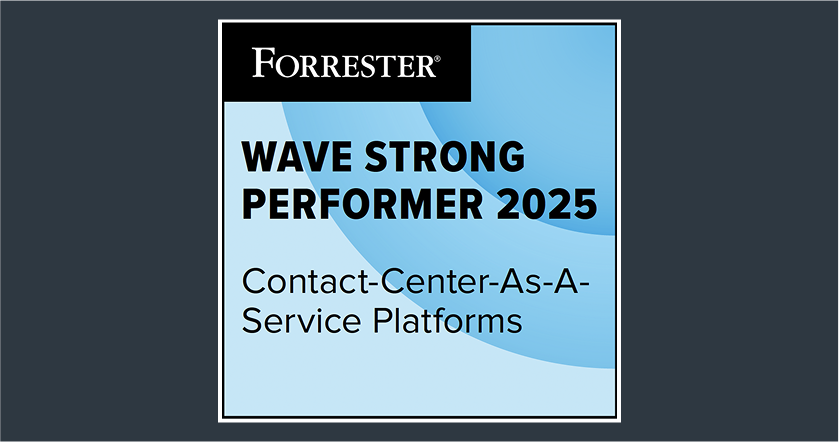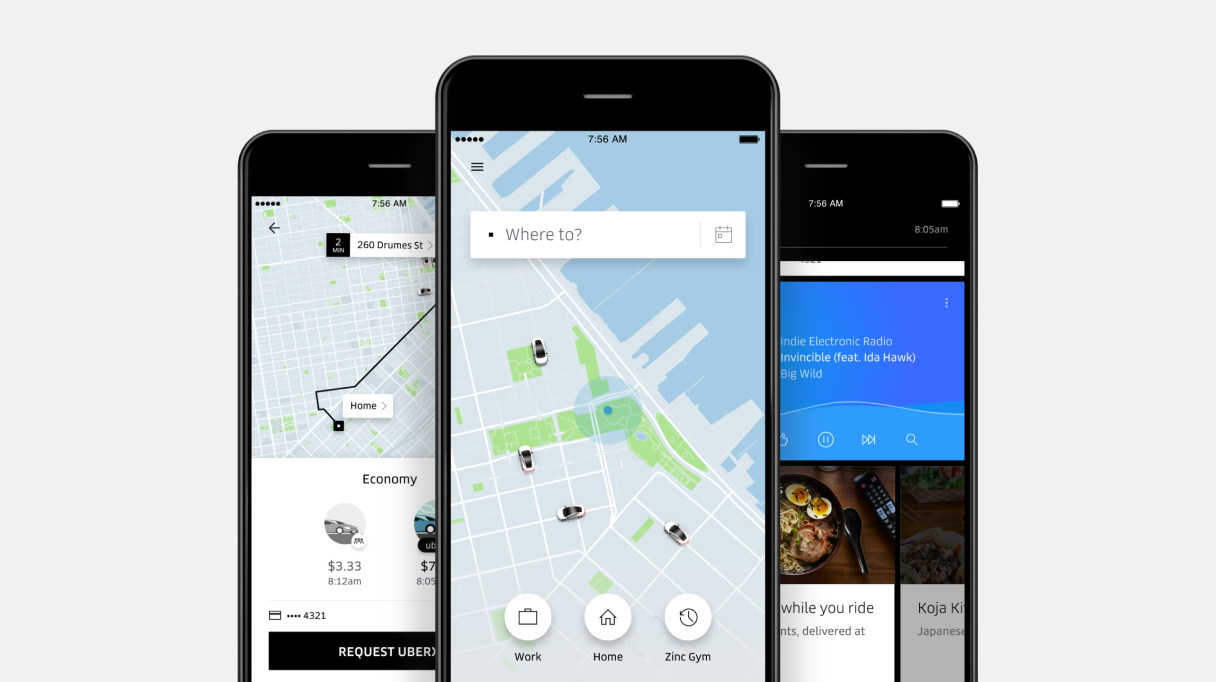- What is call routing?
- Key components of call routing system
- Call routing vs. Call forwarding
- Key benefits of effective call routing
- 8 Types of call center routing for businesses
- How to deploy effective call routing strategies [+Seven Best Practices]
- Use cases of call routing in customer service: 5 Top industries
What is call routing?
Call routing is a system used in call centers to direct incoming calls to the most appropriate agent or department based on predefined criteria. This technology ensures that customers are connected with the right person who can address their needs efficiently. Call routing can be based on various factors such as the caller’s input, agent skills, customer history and real-time data analysis.
In today’s fast-paced customer service environment, the ability to quickly and accurately route calls is essential. Call routing enhances operational efficiency by minimizing wait times and ensuring that customers are promptly connected to the right agent. This not only improves the customer experience but also leads to overall call center optimization.
Key components of call routing system
A call routing system is essential for managing and directing incoming calls efficiently. Here are the key components and how they work together:
1. Automatic call distributors (ACDs)
Automatic call distributors (ACDs) are responsible for answering incoming calls and distributing them to the appropriate agents or departments based on predefined criteria.

When a call comes in, the ACD system uses algorithms to determine the best available agent to handle the call, considering factors like agent availability, skill set and call priority.
2. Interactive voice response (IVR) systems
Interactive voice response (IVR) systems interact with callers through voice or keypad inputs, guiding them through a menu to direct their call to the right department or service.

The IVR system prompts the caller to select options (e.g., “Press 1 for billing”), and based on the input, it routes the call to the appropriate queue or agent.
3. Routing algorithms
These algorithms are the logic behind call distribution, ensuring calls are directed efficiently and effectively. Routing algorithms analyze various data points, such as caller history, agent skills, and real-time availability, to make intelligent routing decisions. Common types include skill-based routing, priority routing and geographic routing.
How these components work together
When a call is received, the IVR system first interacts with the caller to gather necessary information. Based on the caller’s input, the IVR system directs the call to the ACD. The ACD then uses routing algorithms to analyze the call details and determine the best agent or department to handle the call. This seamless integration ensures that calls are managed efficiently, reducing wait times and improving customer satisfaction.
Call routing vs. Call forwarding
Managing incoming calls efficiently is crucial and call centers deploy two common methods – call routing and call forwarding. While both serve direct calls, they differ significantly in functionality and application. Understanding these differences can help businesses choose the right solution to enhance their customer service operations. This section will compare and contrast call routing and call forwarding, highlighting their respective benefits and limitations.
Feature | Call Routing | Call Forwarding |
Definition | Directs calls to the best-suited agent or department | Redirects calls to another phone number |
Used by | High-volume call centers, customer service | Small businesses, individuals |
Routing criteria | Agent skills, availability, caller history, real-time data | Availability of the primary number |
Flexibility | Highly flexible, dynamic adjustments | Limited flexibility, static redirection |
Benefits | Reduces wait times, improves resolution, enhances satisfaction | Ensures calls are not missed, simple setup |
Limitations | Requires advanced technology, complex setup | Limited to one number, no caller needs consideration |
Advanced features | Skill-based, priority, geographic routing | Basic redirection |
To summarize, call forwarding is straightforward for ensuring calls are answered, while call routing offers a sophisticated, dynamic approach to managing customer interactions, enhancing efficiency and customer satisfaction.
Key benefits of effective call routing
Implementing an effective call routing system can transform the way your organization manages customer interactions:
🕐Reduced wait times: Quickly connects customers to the right agent, minimizing hold times.
📈Increased first-call resolution rates: Routes calls to agents with the appropriate skills, resolving issues on the first call.
😀Improved customer satisfaction: Ensures efficient and effective service, enhancing overall customer experience.
👥Optimized resource utilization: Balances agent workloads, preventing overloading and idle time.
📞Enhanced agent productivity: Allows agents to focus on calls within their expertise, increasing efficiency.
😁Personalized customer service: Uses customer data to tailor interactions, making customers feel valued.
➕Scalability: Easily handles increased call volumes during peak times without compromising service quality.
💲Cost efficiency: Reduces the need for additional staff, lowering operational costs.
By leveraging the right call center routing strategies, businesses can optimize their resources and enhance customer service.
8 Types of call center routing for businesses
Implementing the right call routing method can significantly enhance the efficiency and effectiveness of customer service operations. Here are some common types of call routing methods used in businesses:
1. Skill-based routing
Skill-based routing directs calls to agents based on their specific skills and expertise. It ensures that customers are connected to agents who are best equipped to handle their specific issues, improving first-call resolution rates and customer satisfaction.
💡 A Practical Example of Skill-based Routing Imagine a support center where the call center software identifies on its own the skills required to solve a caller’s issue and routes them to the most suitable (and available) agent/department immediately.
Example scenario:
Caller’s issue: A French-speaking customer needs help with a technical issue.
Requisite skills to solve the issue: French proficiency and technical knowledge.
Routing logic:
Identify skills: The system detects the need for a French-speaking agent with technical expertise.
Match skills: It finds available agents with these skills.
Route call: The call goes to the first available agent who meets the criteria, ensuring effective communication and resolution.
This method connects customers with the best-equipped agents, ensuring more first call resolutions and customer satisfaction. Plus, it improves agent productivity and morale since they are able to solve more cases and fulfill service-level agreements. Contact center solution providers like Sprinklr implement skill-based routing, enhanced by AI to give matchless accuracy in identifying agent skill sets, tagging them, and matching them with relevant cases.

2. Time-based routing
It routes calls based on the time of day or week and helps manage call volumes during peak times by directing calls to available agents across different shifts, ensuring consistent service levels.
3. Priority routing
It prioritizes calls based on predefined criteria such as customer status or urgency and ensures that high-priority calls, such as those from VIP customers or urgent issues, are handled promptly, enhancing customer satisfaction and loyalty.
4. Geographic routing
It routes calls based on the caller’s geographic location. It connects customers to agents or service centers that are geographically closest to them, providing localized support and reducing average handling times.
5. Round-robin routing
It distributes calls evenly among available agents and balances the workload among agents, preventing burnout and ensuring that all agents have an equal opportunity to handle calls.
6. Data-driven routing
It uses real-time data and analytics to route calls as it analyzes call data to optimize routing decisions, improving efficiency and ensuring that calls are directed to the most suitable agents based on current conditions.
7. Interactive voice response (IVR) routing
It allows customers to navigate a menu to select the option that best matches their needs and directs calls to the appropriate department or agent based on customer input, reducing misrouted calls and improving the customer experience.
8. Queue callback
It offers customers the option to receive a callback instead of waiting on hold. It also reduces perceived wait times and improves customer satisfaction by allowing customers to continue with their day while waiting for a callback.
These call routing methods can be tailored to meet the specific needs of a business, enhancing customer service efficiency and satisfaction. By implementing the appropriate routing strategies, businesses can ensure that customers are connected to the right agents quickly and effectively.
How to deploy effective call routing strategies [+Seven Best Practices]
Deploying effective call routing strategies can significantly enhance the efficiency and quality of customer service operations. Here’s a step-by-step guide to help you implement these strategies, along with best practices to ensure success.
Step 1: Assess current call routing needs
Analyze your current call routing setup to identify strengths and weaknesses. Determine what you aim to achieve with improved call routing, such as reduced wait times or increased first-call resolution rates.
💡 How to boost first call resolutions: 3 proven tips
Boost your first call resolution (FCR) rates with these best practices:
Set an FCR benchmark: Measure your one-call resolution rate over the last 30 to 60 days to establish a benchmark for future analysis. If data is lacking, use the industry average of 74%.
Identify root causes: Analyze call records and customer feedback to uncover common issues affecting FCR. Engage with agents and customers to gather insights and develop a data-driven improvement plan.
Maintain a robust knowledge base: Ensure your knowledge base is comprehensive and up-to-date. This resource supports agents in providing quick, accurate solutions in the first attempt.
Implementing these strategies will lead to higher FCR rates, reduced repeat calls, and improved customer satisfaction. Looking to improve your skills? Get to know about first call resolution best practices in detail.
Step 2: Choose the right call routing method
Based on your assessment, choose the routing methods that best fit your business needs (e.g., skill-based, time-based, priority routing).
Step 3: Implement the chosen routing system
Ensure the new routing system integrates seamlessly with your current CRM and telephony systems. Set up routing rules based on the selected methods and business requirements.
Step 4: Test the system
Before going live, test the routing system to ensure it works as expected and addresses all identified needs. Collect feedback from agents and customers during the testing phase to identify any issues or areas for improvement.
Step 5: Train staff
Ensure all agents and relevant staff are trained in the new routing system and understand how to use it effectively. Provide continuous support and resources to help staff adapt to the new system.
Step 6: Monitor and analyze performance
Monitor performance indicators such as call wait times, first-call resolution rates, and customer satisfaction. Use analytics to identify trends and areas for improvement.
💡Pro Tip: Reduce call volumes by optimizing your workforce management. Use call center KPIs like agent occupancy rates, call volumes, and average wait times to fine-tune staffing levels, schedules and break patterns. This ensures you have enough agents during peak times, minimizing customer wait times and boosting agent productivity.
For a detailed strategy, read our call center workforce management guide.
Step 7: Refine and optimize
Regularly collect and analyze customer feedback to refine routing rules and improve the system. Continuously update and optimize routing rules based on performance data and feedback.
By following these steps and best practices, you can deploy effective call routing strategies that enhance customer service efficiency and satisfaction. Let me know if you need any further adjustments or additional details!
Use cases of call routing in customer service: 5 Top industries
Call routing is a powerful tool that can transform customer service operations across various industries. Here are some real-life examples of successful call routing implementations, highlighting the challenges faced, solutions implemented and the positive outcomes achieved.
1. Telecommunications Industry: Telecom companies often face high call volumes, especially during peak times or service outages. This can lead to long wait times and high call abandonment rates, where customers hang up before their call is answered. Intelligent call routing helps manage these high volumes by efficiently distributing calls based on agent availability, skills, and customer priority
Use cases of call routing in telecom:
Priority customer handling: VIP customers are identified through their phone numbers and routed to a dedicated team of senior agents to ensure their issues are resolved quickly and efficiently.
Geographic routing: Calls are routed from different regions to local support centers to provide region-specific assistance and reduce call handling times. Routing in this case helps direct calls to the nearest available service center based on the caller’s location.
2. Healthcare Sector: A large healthcare provider struggled with routing patient calls to the appropriate departments. They adopted geographic routing to connect patients with the nearest available healthcare professional or facility, resulting in quicker responses, more personalized care, improved call center efficiency, and higher patient satisfaction scores.
Use cases of call routing in healthcare:
Proximity-based routing: Calls are directed to the nearest available healthcare professional or facility based on the patient’s location, ensuring timely and localized care.
Department-specific routing: Patient calls are directed to the appropriate department (e.g., cardiology, pediatrics) based on their needs, reducing wait times and improving service accuracy.
3. Financial Services: A financial institution had difficulties managing high-priority calls from VIP clients. They implemented priority routing to ensure VIP clients were directed to senior agents immediately, providing prompt and high-quality service, enhancing loyalty and trust, and retaining high-value customers.
Use cases of call routing in financial services:
Priority customer handling: VIP clients are identified through their account details and routed to senior agents for immediate and specialized assistance.
Skill-based routing: Calls are directed to agents with specific expertise (e.g., investment advice, loan services) to handle complex queries efficiently.
4. Travel and Hospitality: A travel agency needed to handle diverse customer inquiries efficiently. They implemented IVR routing to allow customers to navigate a menu and select the appropriate department, leading to quicker and more accurate query resolution, improved call center efficiency, and enhanced customer satisfaction.
Use cases of call routing in travel and hospitality:
IVR routing: Customers use an interactive voice response system to select the department they need (e.g., bookings, cancellations), ensuring they reach the right agent quickly.
Language-based routing: Calls are routed to agents who speak the customer’s preferred language, enhancing communication and service quality.
5. Retail Industry: An e-commerce company faced challenges managing peak call volumes during holiday seasons. They used time-based routing and queue callback options to distribute calls more evenly and reduce perceived wait times, minimizing wait times, reducing abandoned calls, and increasing customer satisfaction during peak periods.
Use cases of call routing in retail:
Time-based routing: Calls are distributed based on the time of day to ensure even handling of peak and off-peak periods.
Queue callback: Customers are given the option to receive a callback instead of waiting on hold, reducing frustration and improving the overall customer experience.
How Cdiscount enhanced customer support with efficient call management
Let’s delve into a case study on a much deeper level and understand how call routing can impact customer service.
Transitioning to an advanced call management system can be challenging, especially when dealing with high volumes of customer interactions across multiple channels. Cdiscount, a leading French e-commerce company, faced significant challenges in managing customer support interactions, including phone calls, emails, and social media. These hurdles risked operational inefficiencies and potential customer dissatisfaction.
However, Cdiscount’s strategic approach turned these challenges into opportunities. By integrating Sprinklr’s comprehensive call management system, they ensured seamless communication and efficient handling of inquiries. They leveraged omnichannel routing to consolidate customer interactions from various channels into a single platform, ensuring data integrity and smooth operations.
Introducing Sprinklr Service: The solution that made a difference
Sprinklr Service provided Cdiscount with the robust tools and support needed to overcome its call management challenges. Key features included:
Omnichannel routing: Integrated customer interactions from various channels, ensuring seamless communication.
Skill-based routing: Directed calls to the most suitable agents based on their expertise, reducing wait times and improving first-call resolution rates.
Conversational IVR software: Reduce costs by deflecting up to 70% of customer calls with AI-powered conversational IVR. Deliver powerful conversational IVR experiences with intelligent voice bots that ensure intuitive self-service for customers and efficient routing to agents.
Interactive Voice Response (IVR): Automated initial customer interactions, allowing customers to navigate through options and reach the appropriate department quickly.
Call center analytics: Provided insights into call volumes, agent performance, and customer satisfaction, enabling continuous optimization of call handling processes.
With comprehensive training programs, hands-on workshops, and ongoing support, Cdiscount’s staff quickly adapted to the new system, enhancing their efficiency and customer service capabilities.
Read the full case study here.
Are you curious and eager to replicate Cdiscount’s success?
Discover how Sprinklr Service can help you manage your call center better and achieve outstanding results. Request a demo to see our advanced AI-driven solutions in action.
FAQ
Thank you for contacting us.
A Sprinklr representative will be in touch with you shortly.
Contact us today, and we'll create a customized proposal that addresses your unique business needs.
Request a Demo
Welcome Back,
No need to fill out any forms — you're all set.







